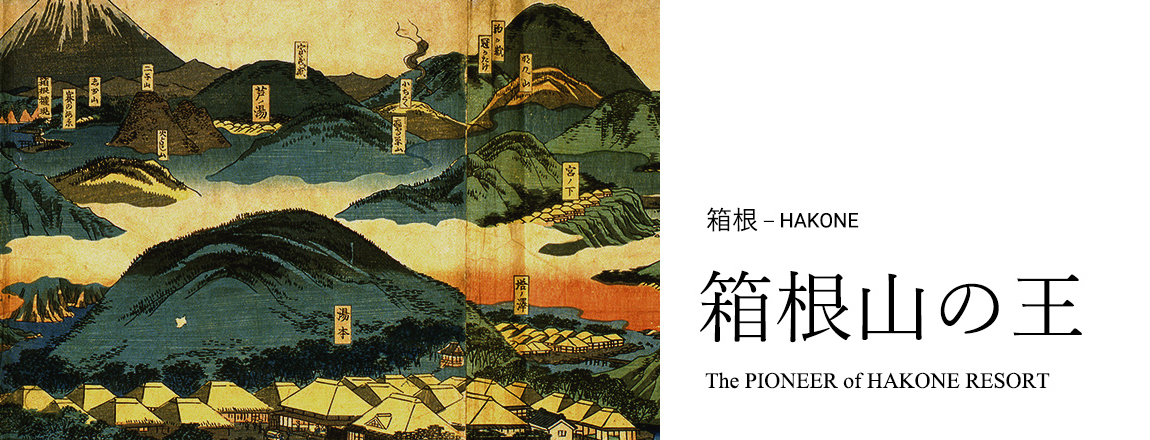
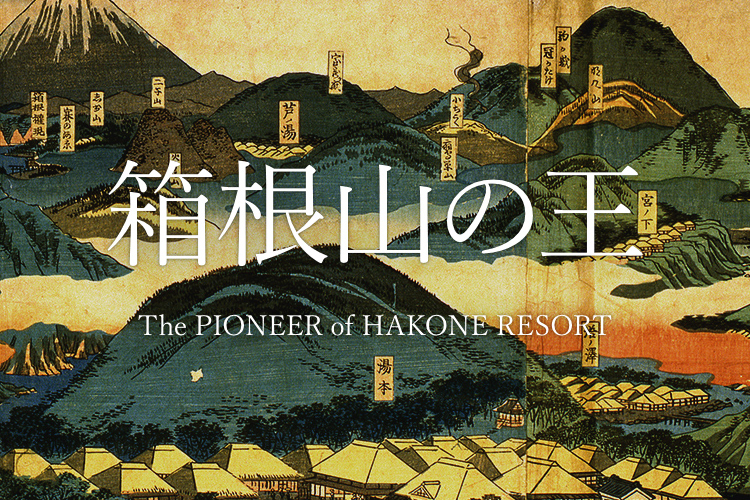
FUJIYA HOTEL—a driving force behind the Hakone resort
Since ancient times the hot springs of Hakone have soothed weary bodies. Beginning in the Meiji period the blessed natural environment in the Fuji-Hakone area came to be enjoyed as a health resort and tourist destination and its name was soon known the world over. Deep and steep mountain paths were cut into the hillsides and those leading to each hot spring were maintained by the inn masters and hotel managers like Sennosuke Yamaguchi, the founder of Fujiya Hotel. Without their endeavors, there would be no tale to tell about Hakone. Read on to learn more about the development of the Hakone resort.
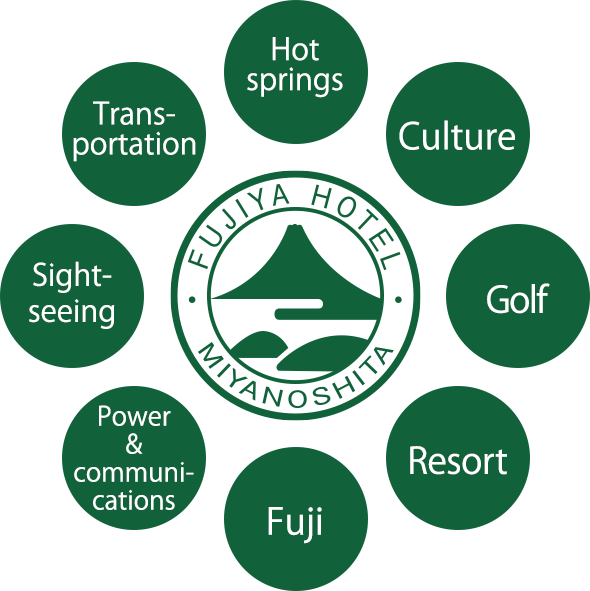

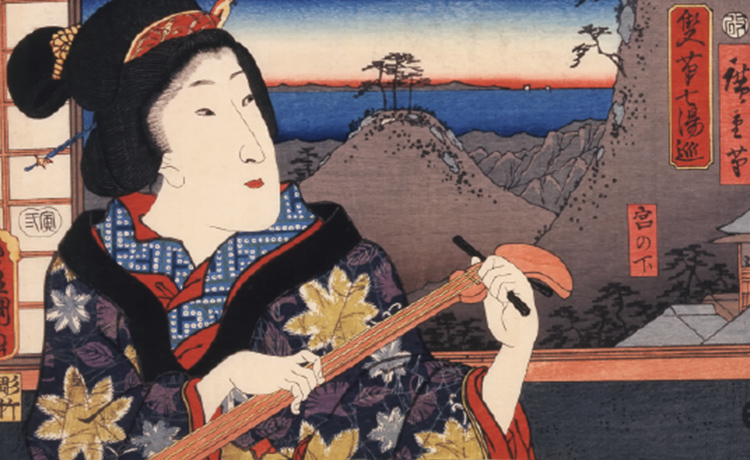
Two Artists Tour the Seven Hot Springs, 1854, Utagawa Hiroshige/Toyokuni, Kawasaki Isago no Sato Museum
Renowned hot spring in Kanto since the Nara period (6th-8th century)
History has it that a monk named Shakujo Jobo discovered the source of Hakone’s hot springs in the year 738. With the establishment of the Tokaido road between Tokyo to Osaka in the Edo period(17th – 19th century), Hakone became a rest stop for weary travelers crossing Mt. Hakone—supposedly the steepest under heaven—and the seven hot springs of Hakone were notable for their therapeutic properties in treating various ailments. In the Meiji period, advancements in modern transportation enabled visitors to reach the deep side of Hakone and the more foreigners went to enjoy the highland scenery and hot springs. Nowadays, the vast nature of the Fuji-Hakone-Izu National Park attracts many visitors as a resort destination easily to come from the Kanto region.

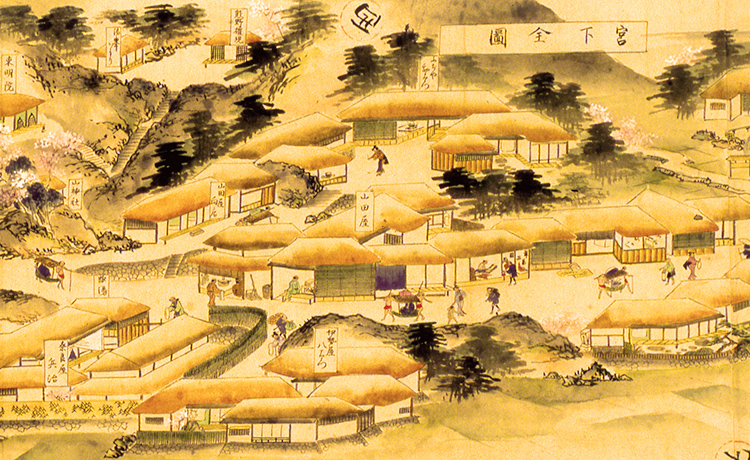
The Seven Hot Springs at Hakone, 1811, Bunso/Roka, Hakone Town History Museum
Old establishments of Miyanoshita
Fujiya Inn that Sennosuke Yamaguchi purchased was a traditional Japanese inn with a 500-year-old history. According to a record of bathhouses in Miyanoshita at the start of the Meiji period, there were five inns: Fujiya, Naraya, Iseya, Mikawaya, and Yamadaya. The master of Fujiya Inn was Kan’emon Ando, a descendant of the samurai Hayatonosuke Ando, who was apparently commanded by the Kamakura government to kill the warlord Yoshitaka Nitta in 1403, who supported the another imperial family branch. In reward, he was granted the lands around the Sokokura and Kiga hot springs. Some generations later the family moved to the Miyanoshita area.

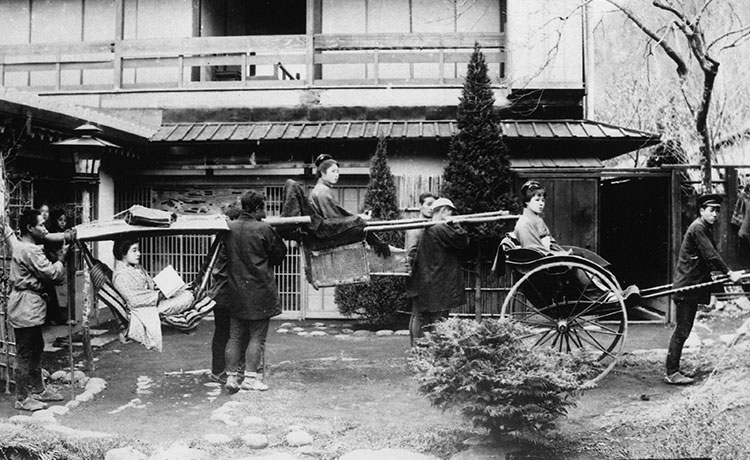
The road to the highlands
Since ancient times the only method of transport for getting to the Hakone hot springs, other than walking, was via palanquin. They were more suited to Japanese people and therefore too small to foreigners. In 1887 a new road was completed, enabling the passage of rickshaws. Then a new mode of travel called the sedan chair arrived on the scene. It afforded the passenger a better view of the Hakone scenery and gained popularity among foreign visitors. Also, around the time the new road was built, a railway service connecting Yokohama to Kouzu (near Odawara) started up. This brought many tourists to Hakone and more than 200 chair-workers traversed the hillsides carrying passengers.

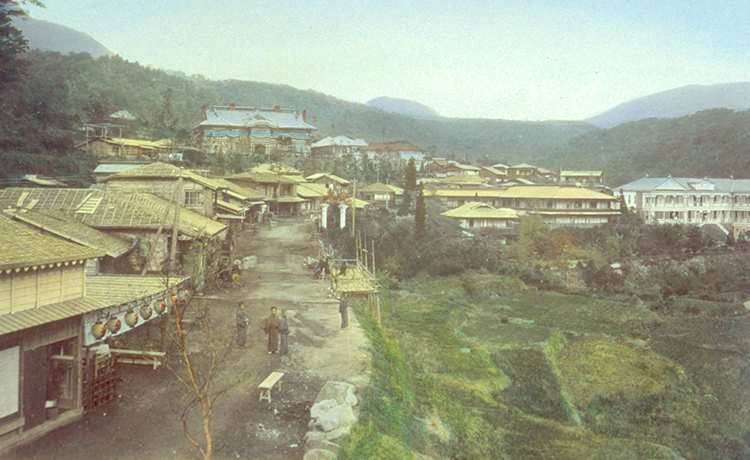
Nagasaki University Library collection
The steep mountains of Hakone
The strategic section of the Tokaido road leading to Hakone long tormented many travelers due to its steepness. The history of this secluded region being developed into a hot spring town and resort destination coincided with the history of how a route could be cut through and across the mountains. The new road that Sennosuke Yamaguchi and other townspeople painstakingly built gained the honor of being designated National Route 1 under the Road Act that came into force in 1919. In the history of Japan’s roads, there is much significance in the fact that this route—which winds its way through the Hakone mountains and around the hot spring inns scattered across Hakone—was bestowed this honor, instead of THE MAIN Tokaido thoroughfare.

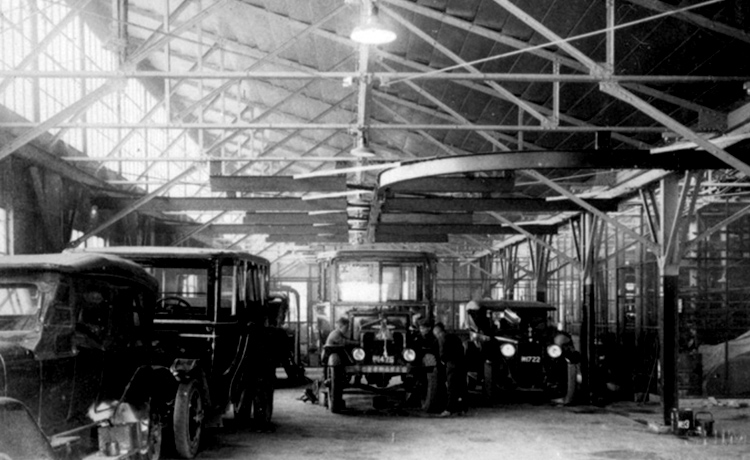
The Fujiya Lunchbox
A situation arose in the summer of 1913 when the automobile chartered by a long-stayed guest was not delivered to the hotel by the designated time. Sometime later the guest sent a letter to the hotel explaining how their pleasurable stay at Fujiya Hotel was completely ruined at the time of their departure because of that accident. The guest advised that as a first-class hotel, it should have its own fleet of vehicles. This was the catalyst for Shozo Yamaguchi to enter the charter vehicle business the following year by establishing Fujiya Motorcar Company with three vehicles. This business grew to eventually operate 36 cars. The sight of Fujiya Hotel’s bright red bus running around the hills of Hakone affectionately earned it the nickname the “Fujiya Lunchbox.”
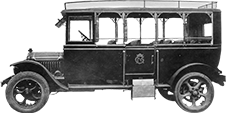

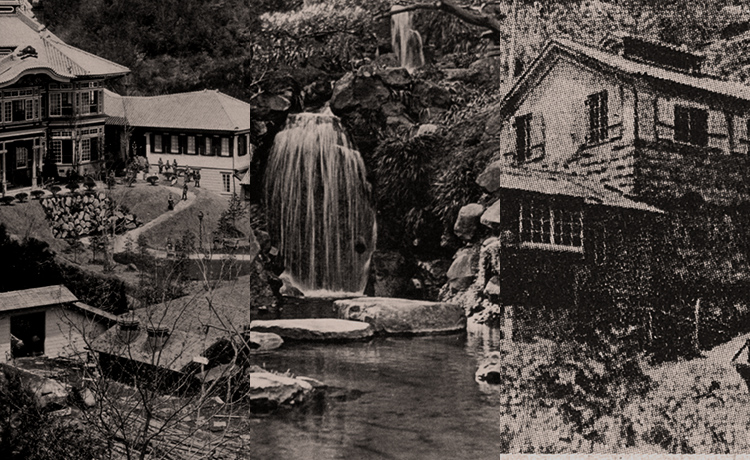
1891
— private thermal power
1893
— private hydropower
1904
— hydropower business
The lights come on in the hills of Hakone
When THE MAIN was completed in 1891 Sennosuke Yamaguchi planned to do away with the old-fashioned lamps—given that they posed a considerable fire hazard—and install electric lighting throughout the buildings as a way of improving hotel services. He purchased a 45-horsepower fuel generator from Yokohama-based foreign trading firm Bagnell & Hill to generate electricity—the first light of civilization in Miyanoshita had now been lit. He later switched to hydropower generation—a more economical and safer source of electricity—and then in order to spread the comfort afforded by electricity to the entire region, he established a company in 1904 to supply power to a wider area.

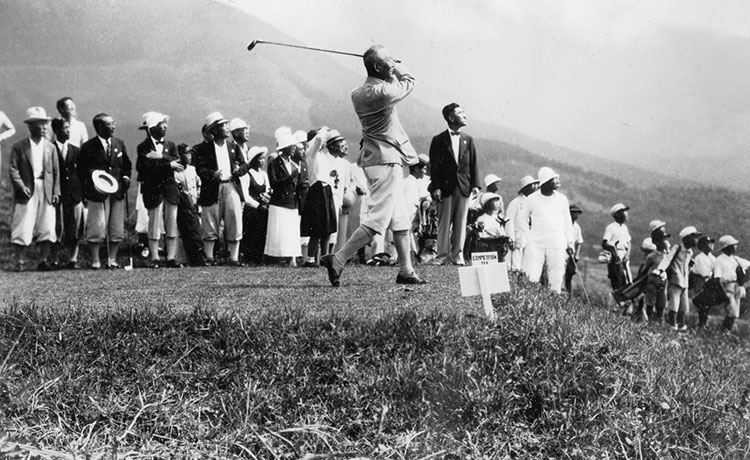
The first resort golf course in Kanto
In 1917, after assuming management of Fujiya Hotel, Shozo Yamaguchi opened the Kanto region’s first resort golf course in Sengokuhara. Around that time, the crown prince of Japan often played the course when staying at Miyanoshita Imperial Villa in summer to avoid the heat of Tokyo. Managing the golf course in the years after its opening was tough because golf culture had yet to take root in Japan, but following reconstruction from the Great Kanto Earthquake, the course benefited from a gradual increase in resort guests looking to enjoy a round or two. As a pioneer of golf culture in Japan, Sengoku Golf Course still attracts many players today.